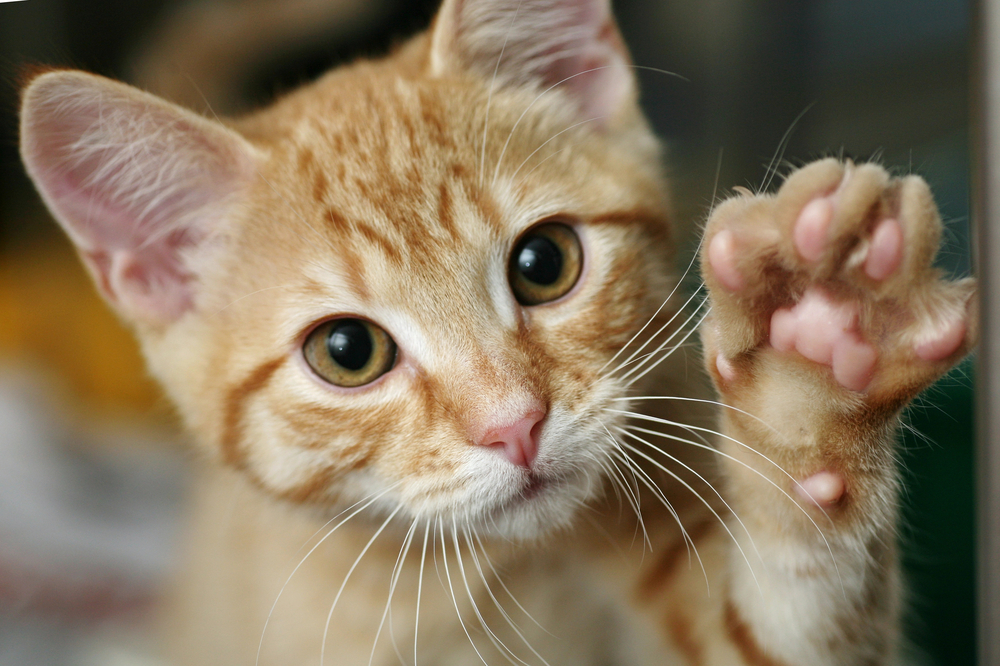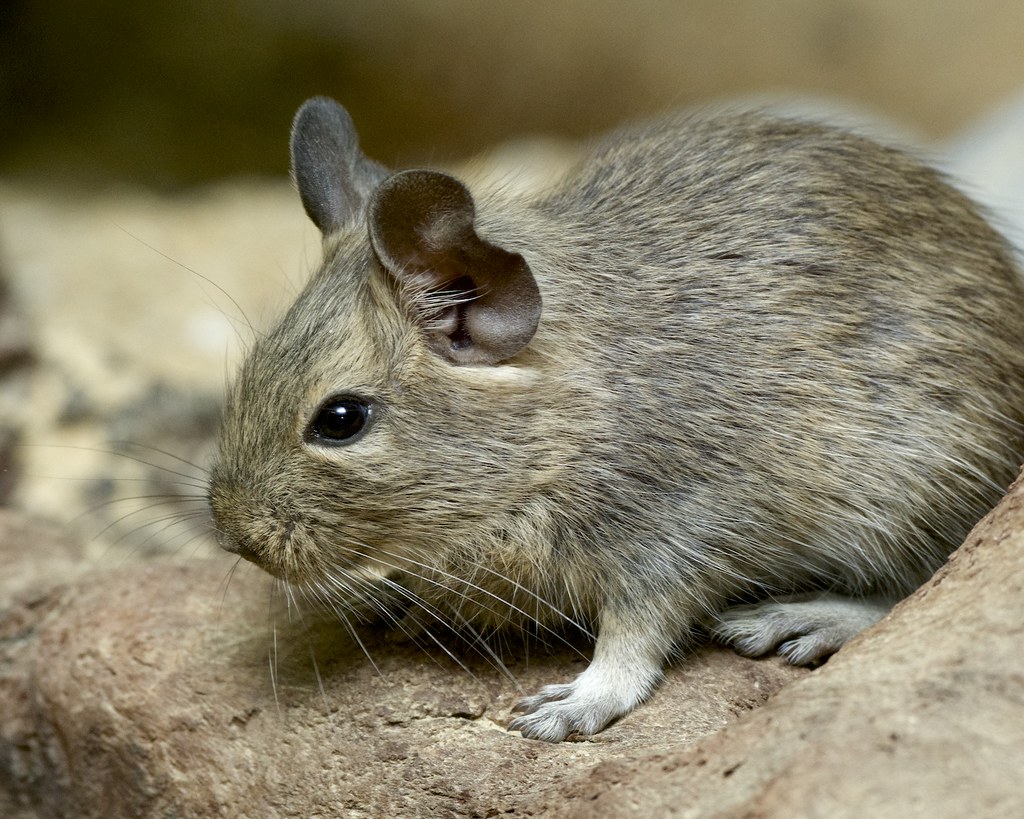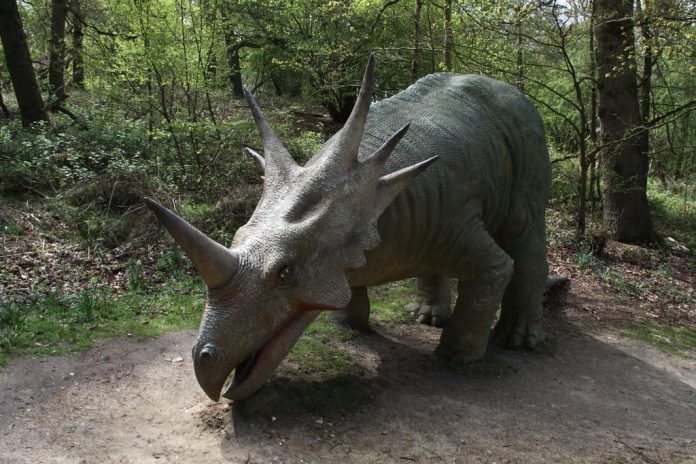
Mammalian lineages that grace our planet today – from the whiskered face of the house cat to our very own human ancestry – may not have entirely emerged from the shadows after the dinosaurs’ extinction as traditionally believed.

Instead, recent research sheds light on the intriguing possibility that the ancestors of placental mammals walked the Earth alongside the dinosaurs for millions of years before the fateful asteroid struck 66 million years ago.

The study conducted by a team of paleobiologists from the University of Bristol and the University of Fribourg, recently published in the journal Current Biology, utilizes a sophisticated statistical analysis of the fossil record, challenging the long-standing notion that placental mammals – a group that encompasses the majority of today’s mammal species – only flourished after the dinosaurs were wiped out.

The team’s analysis, encompassing thousands of fossil records, revealed patterns of origination and extinction among placental mammals.

Lead author Emily Carlisle remarked, “We pulled together thousands of fossils of placental mammals and were able to see the patterns of origination and extinction of the different groups. Based on this, we could estimate when placental mammals evolved.”

The research suggests that primates, lagomorphs (including rabbits and hares), and carnivores (such as cats and dogs) already existed before the mass extinction event.

Their ancestors had survived the asteroid’s aftermath, diversifying rapidly in the absence of their giant reptilian competitors.

Another approach to unraveling this ancient mystery involves molecular clock studies comparing DNA to decipher when species diverged.

Genetic data has previously hinted at placental mammals originating as far back as 80 million years ago, which contrasts with fossil records where the earliest known fossils date to just after the extinction event.

The new method of interpretation, known as the Bayesian Brownian Bridge (BBB) model, allows researchers to estimate the ages of placental mammal families based on fossil distribution through time, adjusting for the varying rates at which fossils are found.

This technique has helped fill the gaps in the fossil record, suggesting that placental mammals likely originated during the Cretaceous period, approximately 70-80 million years ago, potentially up to 20 million years before the asteroid’s impact.

Research into North American prehistoric ecosystems by Jorge García-Girón and his colleagues, as reported in Science Advances, supports the idea that mammals, unlike dinosaurs, were evolving into diverse forms with varied diets, behaviors, and ecological niches. This evolutionary versatility may have set mammals up to survive the extinction event that claimed the dinosaurs.

The story of mammalian survival and subsequent dominance is complex and multifaceted. After the cataclysmic asteroid impact, the sheltering hypothesis posits that animals capable of burrowing or living semi-aquatically had better chances of enduring the initial extreme conditions.

The asteroid-induced “impact winter” decimated plants and, by extension, the food chains that relied on them, leaving generalist survivors, like insectivores and scavengers, to scavenge the remains.

In the wake of the dinosaurs, these adaptable and often diminutive creatures took the lead in forging a new world.
Relevant articles:
– Humans’ ancestors survived the asteroid impact that killed the dinosaurs, ScienceDaily
– Did our mammal ancestors live alongside dinosaurs? New research hopes to end long-running debate, theconversation.com
– Diversity helped mammals survive asteroid that killed the dinosaurs, newscientist.com
– How Did Some Animals Survive the Asteroid that Killed the Dinosaurs?, discovermagazine.com

